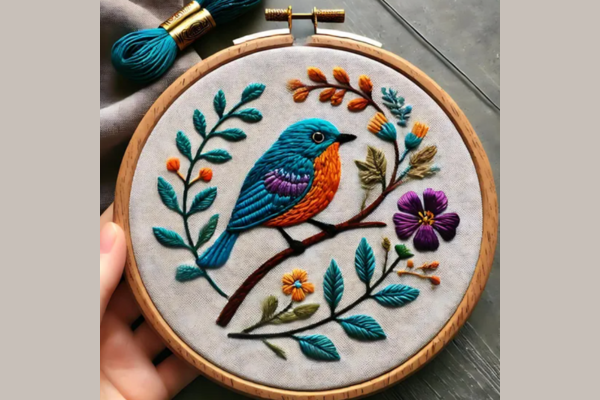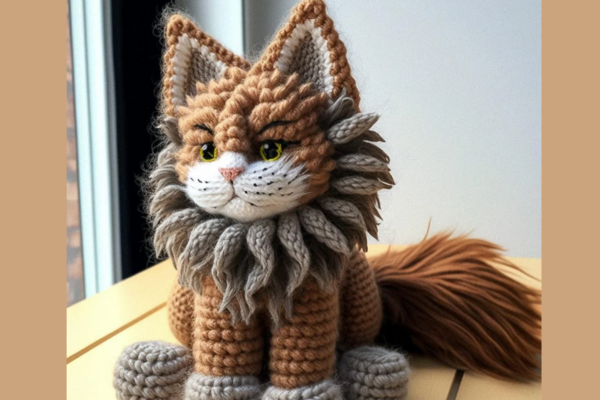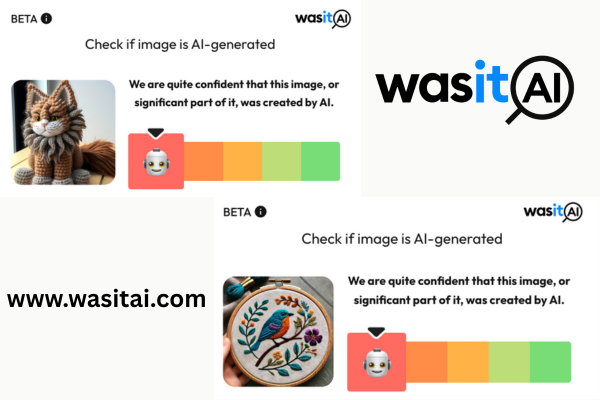The internet was built on trust. Every time you click “Buy Now,” you’re trusting that what you see in the photo is what will arrive at your door. But what happens when these images are a lie?
Over the past year, e-commerce platforms have faced a rising wave of scams powered by AI-generated product photos – visuals so convincing that even seasoned online shoppers can’t tell they’re fake. The result is a new kind of digital fraud: listings for products that never existed, sold by people who may not even be real.
The New Face of Online Deception
If you scroll through marketplace listings today, many of the most eye-catching product images look clean, well-lit, and professional. A perfectly centered smartwatch, an elegantly folded shirt, a set of headphones with cinematic lighting – all ready for the add-to-cart moment. But appearances can be deceiving.
Scammers have discovered that generative AI tools like Midjourney, DALL·E, and Stable Diffusion can create flawless images of nearly any object imaginable. With just a few prompts, they can fabricate a product that looks authentic – the kind of picture that instantly builds buyer confidence. There’s no need to steal brand photos or ship counterfeit goods anymore; it’s faster and easier to generate an entire catalogue of nonexistent products in minutes.
These images don’t just look professional – they look better than real ones. No shadows out of place, no smudged backgrounds, no reflections in the packaging. Ironically, their perfection is often the only thing that gives them away.


From Clicks to Scams: How the Fraud Works
Here’s how it typically unfolds. A scammer creates a “store” on a smaller e-commerce platform, social marketplace, or community app. They upload AI-generated images of attractive, in-demand products – say, a trending fitness watch or limited-edition sneakers. The descriptions are written with equal precision, often enhanced by AI copy tools that mimic marketing language perfectly. Prices are slightly discounted, just enough to feel like a deal rather than a red flag.
Shoppers buy, the payments clear, and then… nothing. No product ever existed to ship. Within days, the store vanishes, often reappearing under a new name elsewhere.
In some cases, these operations scale up, using automated scripts to publish hundreds of fake listings across multiple platforms. By the time moderators catch on, the scammers have already moved the operation. Each “storefront” is just a digital shell, fueled by AI visuals that never stop generating new bait.
Why AI Makes This So Dangerous
AI has made deception scalable. Before generative image models, scammers had to steal or Photoshop real photos, often risking detection or copyright flags. Now, they can create original, copyright-free visuals that no algorithm has seen before. Every fake looks unique, which makes it harder for detection systems to catch patterns.
This shift poses a challenge for both buyers and marketplaces. Traditional anti-fraud tools rely on recognizing duplicates or checking metadata – but AI-generated photos don’t leave those traces. Instead, their signatures are buried deep in the image structure: subtle inconsistencies in lighting, texture, or pixel distribution that aren’t visible to the human eye.
For consumers, this means the old advice of “reverse-searching an image” or “looking for stock photos” is no longer enough. AI-generated images aren’t recycled; they’re brand new, created specifically to deceive.
The Real Cost of Fake Photos
The financial damage from these scams adds up quickly. Individual shoppers lose money, sure – but the larger cost is to marketplace reputation. Platforms that become known for fake listings risk losing user trust, which can be devastating in an industry built on visual credibility.
For legitimate sellers, it’s equally frustrating. Their real listings compete against fake ones with perfect imagery and impossible prices. The playing field becomes uneven, and trust in the platform as a whole fades. Once that happens, everyone loses: buyers, sellers, and the platform itself.
According to industry observers, image authenticity is emerging as one of the defining challenges of the next era of online retail. As AI tools become faster and more realistic, the line between marketing enhancement and outright deception is getting dangerously thin.
Spotting the Fakes (Before They Spot You)
So, how can you tell if an image is AI-generated? While advanced detection requires technology like WasItAI, there are still subtle hints consumers can notice.
Overly smooth textures, inconsistent shadows, or details that don’t quite make sense – like a button that fades into fabric, a label that blurs at the edges, or reflections that don’t align – can all be red flags. But scammers are getting better every month, and what’s impossible to spot today may look perfectly real tomorrow.
That’s why relying on the human eye alone isn’t enough anymore. Tools that can analyze the underlying digital patterns of an image, identify AI-generation markers, and verify authenticity in seconds are becoming essential. They bring back a sense of security in an environment where visuals are increasingly synthetic.
How Marketplaces Can Fight Back
For e-commerce platforms, the challenge is no longer just moderating fake reviews or suspicious seller behavior. The new front line is visual.
Integrating authenticity checks directly into the listing process – for example, requiring every uploaded product photo to pass an AI-image verification – can drastically reduce the spread of fake visuals. Some platforms have started exploring this by partnering with detection providers that scan each image before publication.
This not only protects consumers but also helps genuine sellers. When buyers know a marketplace verifies its images, trust increases. Conversion rates rise, disputes fall, and the overall ecosystem becomes healthier.
Solutions like WasItAI are designed for exactly this use case. By scanning uploaded photos, they can determine whether an image is AI-generated or human-made, giving platforms the ability to flag suspicious content before it reaches the public. It’s a small step in workflow – but a massive leap in credibility.

Rebuilding Visual Trust
The internet runs on images. They’re our proof of purchase, our first impression, our reason to believe. And yet, the very realism that once made photography so persuasive is now what makes AI fakes so dangerous.
Rebuilding trust in digital imagery won’t happen overnight, but it starts with awareness. Consumers need to know that not everything that looks real is real. Platforms must adopt technology that can verify what humans no longer can. And the industry as a whole needs to rethink the casual assumption that “a picture is worth a thousand words” – because in 2025, it might be worth a thousand scams.
E-commerce has always been a visual experience. Now, authenticity must become part of that experience too. The future of online trust depends on it.
